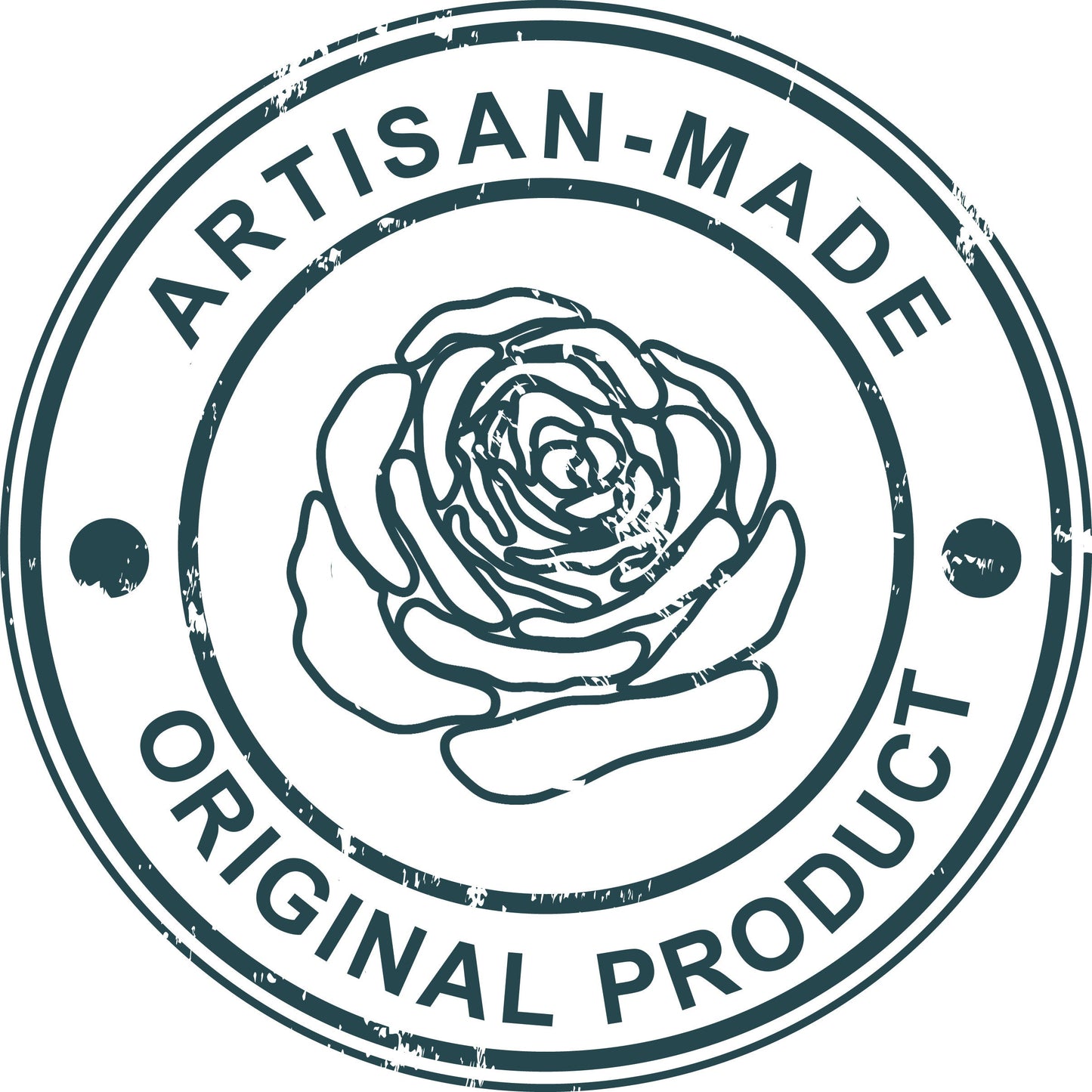Aubusson Carpet 6'2" x 4'2"
Overview
Materials & Craftsmanship:
This fine, diligently hand-knotted area rug contains a perfect blend of 80% pure silk and 20% pure wool. Persian & Oriental rugs made from a high percentage of silk are intricate and are often the most valuable of all handmade carpets. The silk fibers in this piece create a beautiful sheen throughout the field and borders, providing an ultra luxurious feel. The use of silk ensures a precise rendering of the decorative design patterns since strong silk fibers permit skilled weavers to weave more knots per square inch (KPSI) than those of wool carpets. A typical Persian or Oriental rug made from wool might have between 100 and 300 KPSI - a typical 80% silk rug contains between 200 to 500 KPSI. As a result, weaving the rug will require roughly three times the amount of work, and this is one of the main reasons that silk rugs cost two to three times more than wool rugs. The detailing of this particular piece also contains wool, which increases its durability.
A Brief History of Aubusson Carpets

Aubusson carpets are fine carpets woven in France dating from the 15th to 19th centuries. Aubussons were crafted with the assistance of architects and artists of the French royal court. They were originally made in France as a pileless carpet with a floral medallion in pastel colors.
Today's Aubusson's are woven in India and China and have been adapted by the addition of a pile. The Aubusson area was best known as an important tapestry-weaving center until, in an attempt to meet the great demand for knotted carpets, the King's Council set up a carpet-weaving enterprise there in the early 1740s. Initially the carpets were copies of imported Turkish designs. Louis XV and Madame de Pompadour were among the first clients, placing orders through agents in Paris. Sadly, the demand for oriental rugs did not last and the artist Pierre-Jose Perrot, who had already been involved with designing Savonnerie carpets, was called upon to design carpets in the French style in 1750.
Another painter, Le Lorrain, produced a radical new design, "a grande mosaic", which was a sophisticated precursor to the 19th century floral carpets. A central medallion of flowers is surrounded by dainty rosettes, flowers and garlands. Aubusson carpets were originally made as both knotted-pile carpets and later in the 18th century as flat woven slit-tapestry technique carpets produced in the same way as their tapestries. The Aubussons that are popular and readily available today are typically flat weaves.
The Aubusson floral tradition was never completely abandoned, although the trend began to lean towards the neo-classical Empire style created by two architects (Percier and Fontaine) after the Proclamation of the French Empire in 1804. That gave rise to elegant Savonnerie and Aubusson carpets whose patterns are influenced by antique classical trophies or Etruscan and Roman motifs. These tend to be in a dark rich palette, sometimes in different shades of the same colour, resulting in a multi dimensional look.
Nineteenth-century Aubusson tapestry-woven carpets, which were produced in great quantities, are popular today with interior decorators in Europe and North America. Trailing ribbons, bows and blowsy roses woven in soft pastel shades- of rose, dovey greys, cafe-au-lait and pale yellows conjure a very feminine look well suited for sitting rooms and bedrooms. Seventeenth and eighteenth-century Aubusson carpets in good condition are finds. As such an Aubusson in good condition garners a high price. (source : Floret, Élisabeth, Les Tapis Français, L'Art du tapis dans le monde, p.248-249, Éditions Mengès,1996) To learn more about French rugs and their history, visit our French Rugs section.
Sources and inspiration: Bérinstain, Valérie, et al. L'art du tapis dans le monde (The art of carpets in the world). Paris: Mengès, 1996. Print.; Jerrehian Jr., Aram K.A. Oriental Rug Primer. Philadelphia: Running Press, 1980. Print.; Herbert, Janice Summers. Oriental Rugs, New York: Macmillan, 1982. Print.; Hackmack, Adolf. Chinese Carpets and Rugs, Rutland and Tokyo: Tuttle, 1980. Print. ; De Moubray, Amicia, and David Black. Carpets for the home, London: Laurence King Publishing, 1999. Print.; Jacobsen, Charles. Oriental Rugs A Complete Guide, Rutland and Tokyo: Tuttle, 1962. Print.; Bashir, S. (n.d.). Personal interview.; Web site sources and dates of consultation vary (to be confirmed). Without prejudice to official usage.
- Choosing a selection results in a full page refresh.
- Opens in a new window.



 Runner Rugs
Runner Rugs 2x3 Area Rugs
2x3 Area Rugs 3x5 Area Rugs
3x5 Area Rugs 4x6 Area Rugs
4x6 Area Rugs 5x7 Area Rugs
5x7 Area Rugs 6x9 Area Rugs
6x9 Area Rugs 8x10 Area Rugs
8x10 Area Rugs 9x12 Area Rugs
9x12 Area Rugs 10x14 Area Rugs
10x14 Area Rugs Round Rugs
Round Rugs Bath Mats
Bath Mats Doormats
Doormats 12x15 Area Rugs
12x15 Area Rugs
















